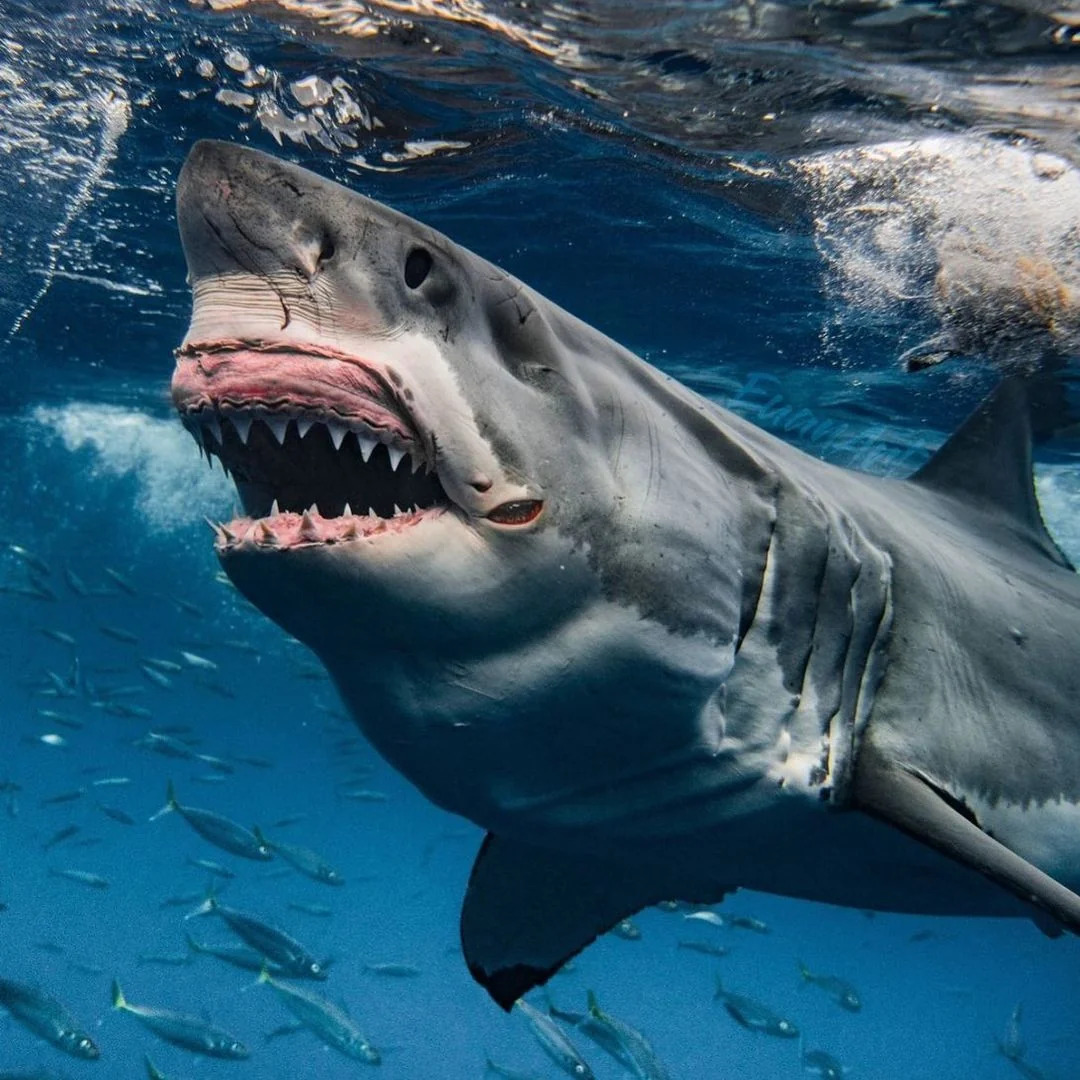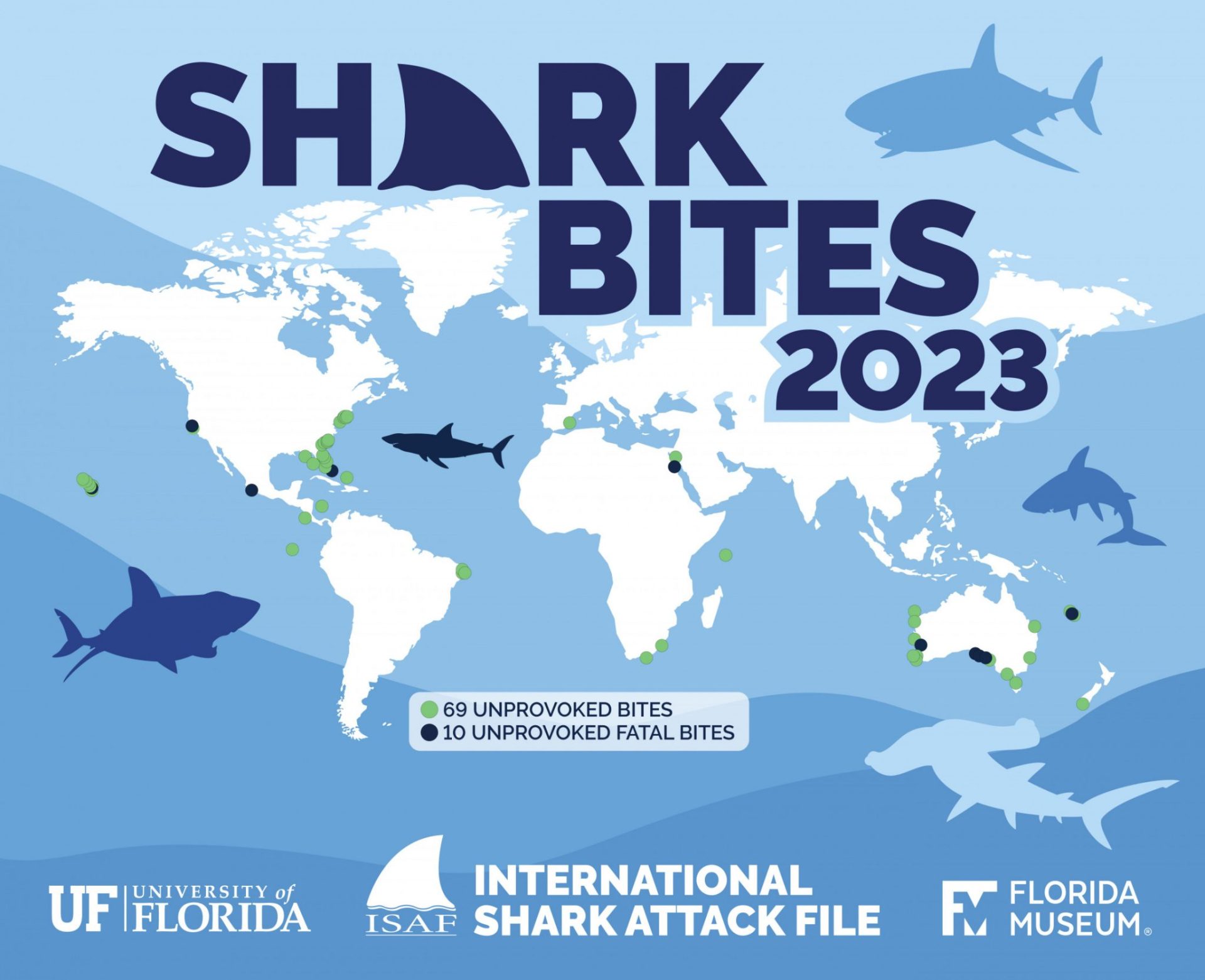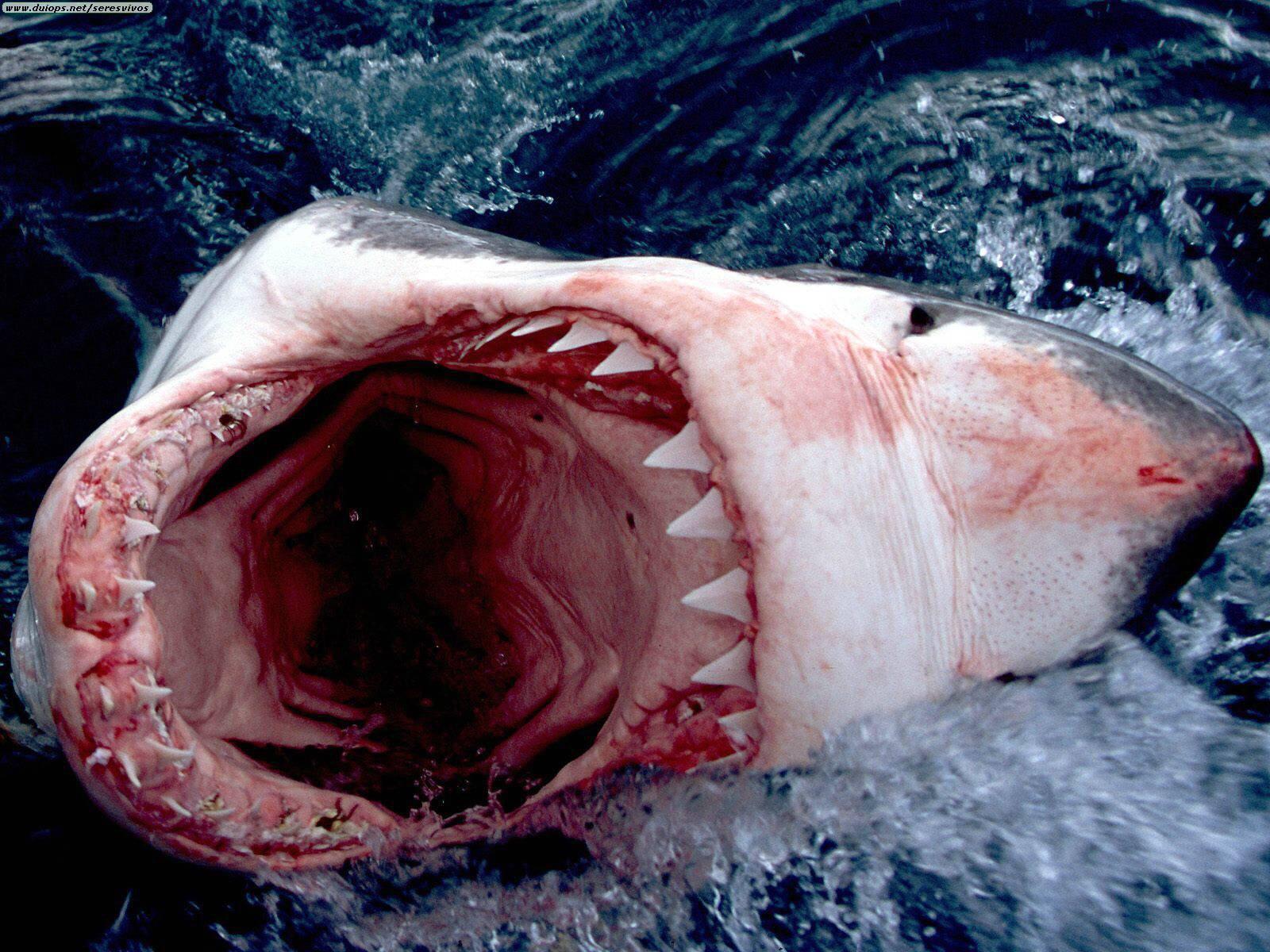
What started as a fun-filled day at a popular Florida beach turned into a frantic nightmare for 21-year-old Ohio Native Connor Graham Baker. He was just one of four unprovoked shark attacks to sweep the U.S. this past weekend, bringing the total up to 26 this year, according to The U.S. Sun, with plenty of hot summer days left to keep that number on the rise. Luckily for all parties involved, the attacks all proved to be non-fatal. Two of the attacks occurred at New Smyrna Beach on Florida’s East coast, a place no stranger to shark attacks. Though Florida leads the country in the number of attacks, the U.S. tops lists worldwide year after year.
Of the 69 unprovoked shark attacks worldwide in 2023, the U.S. accounted for over 50 percent of those involved. The numbers from this past holiday weekend suggest even higher numbers this year for shark attacks. According to the International Shark Attack File (ISAF), Volusia County, Florida, particularly New Smyrna Beach, is known as the “shark bite capital of the world” due to the high number of unprovoked shark attacks that have occurred there. From 1837 to the present, there have been 351 attacks on record. In 2023, there were eight unprovoked bites, which was 50% of Florida’s total for the year.
- Related Article: Renowned Surfer and Hollywood Actor Tamayo Perry Killed in Shark Attack Off Hawaii Coast

Of all fatal unprovoked shark attacks, the overwhelming majority can be attributed to four key species: the freshwater venturing bull shark, overly curious and protective tiger shark, scavenging oceanic whitetip sharks, and inspiration for “Jaws” itself, the great white shark. These species are all apex predators in their respective zones and prefer to leave humans alone, with a few notable exceptions. The Oceanic whitetip, for example, has been known to actively hunt humans involved in deep seaplane crashes and ship sinkings. ”It is often the first species seen in waters surrounding mid-ocean disasters. During both World Wars, the oceanic whitetip shark was a major concern for torpedoed boats and downed planes. When a Nova Scotia steamship was sunk by torpedoes from a German submarine off the coast of South Africa, close to 1,000 men were on board, however, only 192 survived. It is believed that many of the fatalities were victims of the oceanic whitetip shark in what eyewitness accounts described as a feeding frenzy,” according to the Florida Museum.
Luckily for the average American beachgoer, surfer, or boater, you’re probably pretty unlikely to find yourself stranded 50 miles out to sea on a sinking battleship. The majority of shark attacks on humans at U.S. beaches are a case of mistaken identity, and in the years since travel restrictions have been lifted, domestic tourism has seen a consistent spike. In 2023, Florida’s market share of domestic tourists increased to 14.8%, up from 13.8% in 2022, according to Governor Ron DeSantis. It’s not difficult to do the math: more humans in the water means more human-shark interactions. On an overly crowded beach in Florida or California, sharks are known to do what is known as a hit-and-run attack–usually non-fatal, the shark bites and then leaves; most victims do not see the shark. This is the most common type of attack and typically occurs in the surf zone or murky water. These types of attacks are most likely the culprit for the events this past weekend in Texas and Florida. The attacks were likely carried out by a juvenile or smaller species of shark as Volusia County beach Safety said that the 21-year-old from Ohio was playing football in knee-deep water at New Smyrna Beach when the shark bit him on his right foot.

While the U.S. leads the world in shark attacks, Australia tops the list for most fatal shark attacks. Great white sharks, a massive and agile predator, are known to congregate along Australia’s southern coast. Unfortunately for surfers, this area also happens to contain amazing wave breaks and a large population of sea lions. Great white sharks are known to hunt through two tactics, one known as a “bump-and-bite attack” and a “sneak attack.” “Bump-and-bite attacks” are characterized by the shark initially circling and often bumping the victim before the actual attack. “Sneak attacks” differ in having the strike occur without warning. In both cases, unlike the pattern for “hit and run” attacks, repeat attacks are not uncommon, and multiple or sustained bites are the norm. Injuries incurred during this type of attack are usually quite severe, frequently resulting in death. These types of attacks are the result of feeding or antagonistic behaviors rather than being cases of mistaken identity, according to the Florida Museum.
Although shark attacks are a real threat to those who spend their free time in the oceans, humans are a much larger threat to the shark than the shark is to us. It’s estimated that humans kill over 100 million sharks annually, while shark attacks on humans are extremely rare. According to the University of Florida, there is a one in 11.5 million odds of being bitten by a shark. Still, with attacks on the rise, it begs the question of what the cause of the uptick in recent attacks is. Some scientists believe that changing water temperatures, decreased water clarity, and climate change may impact why waters around some areas, such as Florida and New York, have become hotspots in recent years.
“There’s no giant shark conspiracy where they’re suddenly turning on us. It is a statistics answer, a numbers game. The more people you’ve got in the water, the more chances that someone’s going to run into a shark,” Dr. Stephen Kajiura, a shark expert and biology professor at Florida Atlantic University, said. Fear-mongering of sharks has always been a part of American pop culture, but likely, these attacks are a result of more people being in the Ocean post-COVID as opposed to sharks becoming more aggressive.
